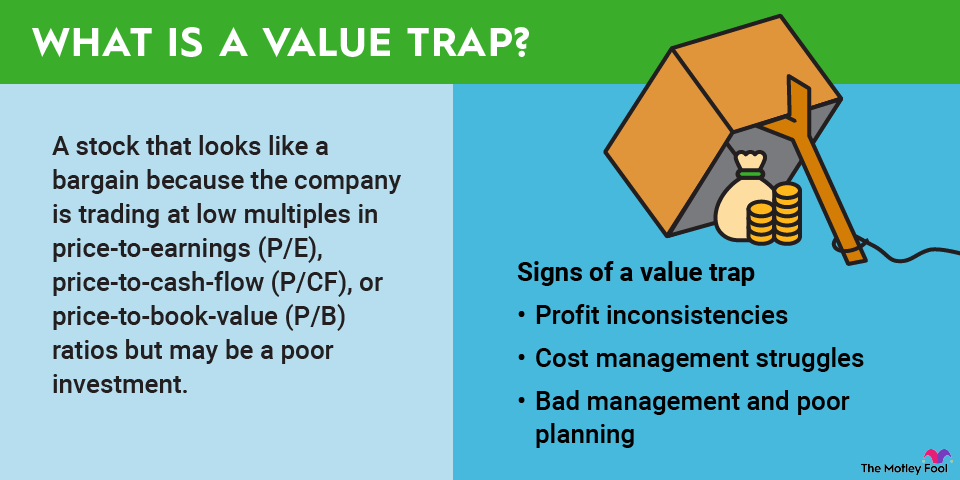The value proposition is a foundational element of a company's go-to-market strategy. Learn the elements of a good value proposition and the steps for writing one below. We'll also cover how a value proposition differs from a mission statement and provide four compelling and inspiring examples.

Understanding value propositions
A value proposition states the unique appeal of your company's goods or services in a way that is compelling to the target customer.
The elements that contribute to a strong value statement also underpin your marketing strategy. They include:
- Deep understanding of the customer and the customer's needs
- The benefits or features of a product that solve a primary problem for the customer
- Aspects of the product that are unique relative to the competition
Marketing materials don't always use the value proposition verbatim, but taglines, slogans, and artwork should align with it thematically. If marketing content begins to stray, it could mean the value proposition is too limiting or no longer resonates with customers.
Value proposition examples
Below are four value proposition examples to inspire your own.
iPhone: Designed to be loved
Apple (AAPL +0.54%) differentiates its iPhone by focusing on the user experience rather than features and benefits. Four words concisely send the message that the iPhone is essential, trustworthy, and valued.
Unbounce: Launch faster. Convert more.
Unbounce manages a landing page platform used by individual sellers, businesses, and marketing agencies. Landing pages are web pages designed to sell a product or collect information from prospective customers. The value proposition "Launch faster. Convert more" speaks to the platform's ease of use and references the customer's primary goal of making more sales.
Business
Amazon Prime: Free delivery, award-winning TV, exclusive deals, and more
Amazon (AMZN +0.26%) packs a lot of perks into Prime memberships. The value statement references the breadth of those perks by listing the most popular ones followed by "and more." While those last two words are vague, they leave the impression that Prime has too many benefits to mention.
Crazyegg: See what's wrong with your website
Crazyegg is an analytics platform that shows how users interact with websites and supports A/B testing of web design. The statement above declares the customer's problem -- a website that isn't performing -- and promises an answer. It is blunt, brief, and powerful.















